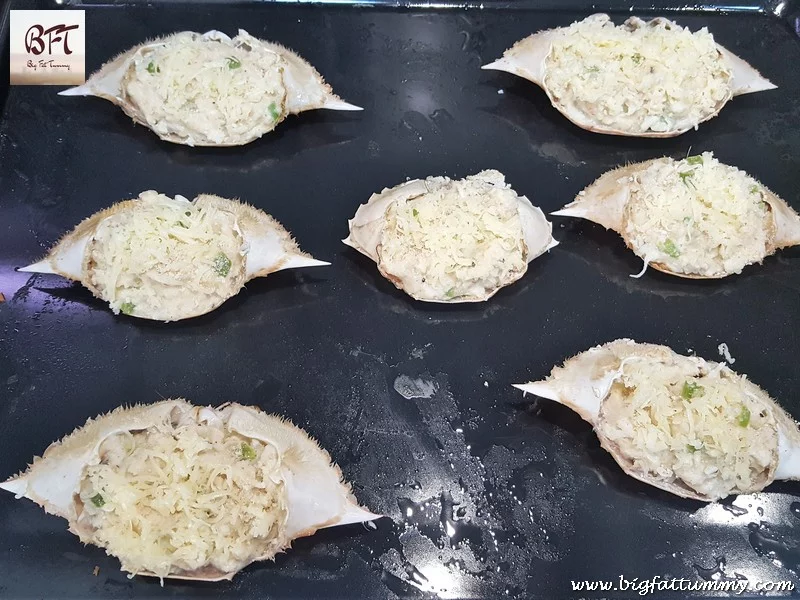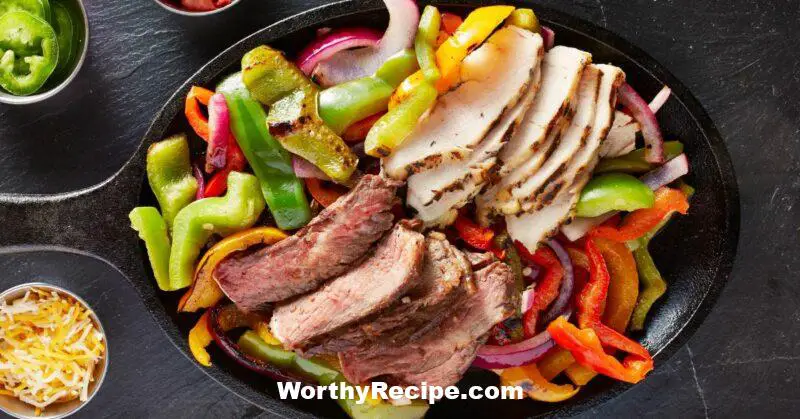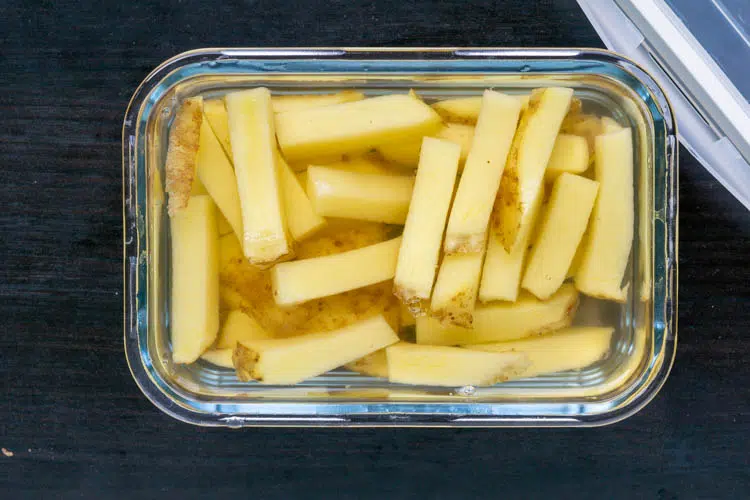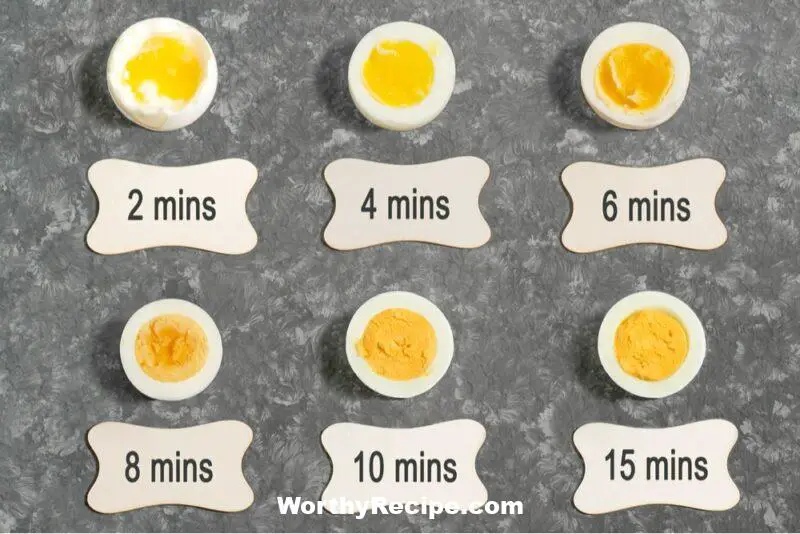Is it Better to Fry Chicken in Oil or Shortening?
Fried chicken is a beloved dish that has been enjoyed for centuries. While the ingredients and cooking techniques may vary, one question always remains: is it better to fry chicken in oil or shortening? This controversial topic has sparked debates among chefs and home cooks alike. In this article, we will explore the science, health considerations, taste, texture, appearance, environmental impact, cost analysis, and popular frying methods of both oil and shortening. By the end of this article, you will have a clear understanding of which method is the best choice for your fried chicken.
Understanding the Difference Between Oil and Shortening
Before comparing oil and shortening as frying mediums, it’s crucial to understand their definitions and characteristics.
Definition and Characteristics of Oil:
Oil is a type of fat derived from plants or animals. Cooking oils come in different types such as vegetable oil, canola oil, peanut oil, etc. Vegetable oils are primarily made from soybeans, while canola oil is extracted from rapeseeds. Oils have a high smoke point and low viscosity compared to other fats. They are also liquid at room temperature.
Pros:
- Easy to find
- Less expensive
- No need for refrigeration
Cons:
- High in polyunsaturated fats
- Inconsistent heat distribution
- Susceptible to oxidation
Definition and Characteristics of Shortening:
Shortening is a solid fat made from hydrogenated vegetable oils. It’s used in baking recipes and for frying foods that require high temperatures. Shortenings have a higher smoke point than butter or margarine.
Pros:
- Good heat stability
- Provides a crispy texture to fried food
- Lasts longer than oil
Cons:
- Clogs arteries due to high levels of trans fat
- More expensive than oil
- Requires refrigeration
The Science Behind Frying
Frying uses high heat to cook food quickly. When you fry chicken, heat causes the surface moisture to evaporate, creating a crispy outer layer. Tender meat remains inside, making it moist and delicious.
Chemical Reactions That Occur When Frying Chicken:
Frying chicken begins with browning the crust at around 350 degrees Fahrenheit. By doing so, the process creates a chemical reaction between proteins and sugars that result in complex flavor compounds known as Maillard reactions. These reactions create different flavors from sugars’ caramelization coupled with amino acids and other substances that make up proteins like bacon or beef.
How Ingredients Affect the Frying Process:
The type of ingredients used in frying chicken significantly affects the cooking process. When frying chicken in oil, it’s important to dry the skin thoroughly first, preventing excessive spattering and reducing the risk of burns.
Seasonings should also be added before frying to infuse flavor into the chicken and keep it juicy. When using shortening to fry chicken, you don’t need to season it beforehand because shortening provides moisture and flavor.
Best Practices for Maintaining Safety:
Frying can be hazardous since immersed hot oil can be fragile while hot. When deep-frying chicken, fill your pot to no more than half full with oil; this gives it enough space to bubble-up while preventing it from spilling over. You should also use a thermometer to check the temperature of your oil to avoid splatters or smoking.
Health Considerations
When it comes to health, oil and shortening have different nutritional values.
Nutritional Differences Between Oil and Shortening:
Oils contain healthy unsaturated and saturated fats, as well as vitamins and minerals. However, some oils, like canola oil or vegetable oil, have a high concentration of polyunsaturated fats. These types of fats are known to increase cholesterol levels and inflammation in the body.
Shortening contains less than a gram of trans fat per serving, which is negligible. However, it is about four times more expensive than vegetable oil. Additionally, there are concerns with hydrogenated oils used to make shortening accumulating in the cells. The accumulation causes inflammation that promotes many diseases like cancer and coronary artery infection.
How Frying Affects Nutritional Value of Chicken:
Frying does not necessarily affect the nutritional value of chicken. However, due to frying in oil or shortening’s high fat content, it will significantly increase the dish’s calorie count compared to other preparation methods like grilling or baking.
Impact on Cholesterol Levels:
Prolonged exposure to high temperatures can cause a chemical change that results in the formation of harmful substances in fried food. The risk of exposing yourself to conditions that promote heart disease is possible with foods fried in solid fats such as shortening.
Since dark meat has more significant amounts of cholesterol than white meat, selecting lean cuts can still make it challenging to keep daily cholesterol intake under control when fried chicken is consumed regularly.
Taste, Texture, and Appearance
There are distinct differences between chicken fried in oil and chicken fried in shortening concerning taste, texture and appearance.
How Oil and Shortening Affect Taste:
Shortening provides a richer and smoother flavor to the chicken while oil has a cleaner taste that highlights the chicken’s natural flavors.
How Oil and Shortening Affect Texture:
Shortening tends to give fried chicken a crispier texture since it has a higher percentage of saturated fat than oil. The texture makes biting into the crust satisfying and crunchy.
How Oil and Shortening Affect Appearance:
Fried chicken cooked in shortening has a more golden brown appearance than chicken cooked in oil. This is because shortening holds its heat longer, making it easier to cook evenly.
Environmental Impact
When choosing frying methods, it’s essential to consider their environmental impact.
Analysis of Environmental Impact of Using Oil or Shortening:
Vegetable oils like soybean oil have less of an environmental impact compared to palm oil. Palm oil plantation management exacerbates deforestation issues, destroying land not only affecting animal habitats but also direct human impacts in tropical areas like Indonesia, Borneo and Sumatra.
Shortening production requires a complicated refining process, including partial hydrogenation and deodorization processes, resulting in waste streams that are considerable even in comparison with other industrial sectors responsible for the atmosphere’s pollution. There is an environmental price when using hydrogenated oils because they are linked with many diseases that harm your health.
Sustainability Considerations for Both Methods:
It doesn’t make much difference environmentally which substance you choose as both have their strengths and weaknesses. For sustainability reasons, take note of the type of vegetable used for oils since a variety of plants can produce them beyond just soybeans or fruit trees globally.
Mainstream Techniques vs Traditional Techniques
Cooking techniques can vary between frying chicken in oil and shortening depending on the region or culture.
Comparison of Mainstream Techniques (Oil Frying) vs Traditional Techniques (Shortening Frying):
Traditional methods of frying chicken include using shortening or animal fats because they provide essential flavor and textures that highlight the cooking method’s cultural significance.
Nowadays, oil frying has become more common among home cooks. The use of vegetable oils over traditional shortening is partly due to health concerns over trans-fat content in shortening.
Cultural Significance Behind Certain Techniques:
Shortening frying historically has situated in the Southern region of the United States, particularly African-American and African descendants, who made their way there during the slave trade. This technique is significant from a cultural perspective that adds to the food’s delicious aspect that represents a time and place of heritage.
Cost Analysis
When choosing which medium to fry chicken, it’s important to consider cost.
Comparison of Costs Between Oil and Shortening:
Vegetable oil is cheaper compared to solid fat like shortening. Shortening is about four times more expensive than vegetable oil. The cost usually determines which cooking method you prefer. However, some home cooks may prefer traditional methods due to cultural significance, despite higher expenses.
Tips for Reducing Overall Costs:
Look for deals on both oil and shortening online or at grocery stores. To make them last longer without spoiling, store them properly and in lower temperatures. Some techniques in frying can be utilized to reduce overall costs like shallow-frying instead of deep-frying for less oil used or reusing oils up to two times.
Popular Frying Methods
There are several popular ways to fry chicken using both oil and shortening.
Overview of Popular Ways to Fry Chicken Using Oil:
- Deep-Frying: A traditional American style, shorter cook time when totally immersed in boiling oil.
- Shallow-Frying: A healthier approach to fried chicken with less oil used by letting one-third of the food’s base interact with the pan’s oil.
- Pan-Frying: Similar to shallow-frying, but you flip the food to cook both sides instead of using an enclosed space like an oven.
Overview of Popular Ways to Fry Chicken Using Shortening:
- Deep-Frying: A technique that Southeastern United States and included in Southern-style dishes like fried chicken and biscuits.
- Pan-Frying: Small amount of shortening, resulting in a crispy texture and a well-cooked bird, served typically over rice or mashed potatoes.
- Stir-Frying: This requires a bit more technique than other approaches. It involves heating a small amount of shortening quickly and cooking bite-sized pieces of chicken while stirring often.
Conclusion
After analyzing the science, health considerations, taste, texture, appearance, environmental impact, cost analysis, and popular frying methods of both oil and shortening, it is evident that neither method is necessarily better than the other. Taste preferences and cultural significance heavily influence one’s choice as different cooking techniques carry varied cultural reference points. It ultimately depends on personal preference based on the factors outlined above. Regardless of which method you choose, soak up parities in this recipe thoroughly before moving forward to finger-licking goodness! #### Is it healthier to fry chicken in oil or shortening?
When it comes to frying chicken, using high-quality oil is the healthier option. The polyunsaturated and monounsaturated fats found in oils like canola oil and olive oil are better for your heart health than the saturated fats in shortening.
#### Does shortening make the chicken crispier?
Yes, shortening can make your fried chicken crispier. However, the technique also plays a role in obtaining that crispy texture. By double-dredging the chicken and adding cornstarch to the flour mixture, you can achieve an extra-crispy crust without compromising flavor.
#### Can you substitute shortening with oil for frying chicken?
Absolutely! Oil is a healthier alternative to shortening, and you can use it for frying chicken. Vegetable oil has a high smoke point, making it ideal for deep-frying. You can also add flavor to your oil by infusing it with garlic or herbs.
#### What temperature should I use when frying chicken in oil or shortening?
The ideal temperature for frying chicken in either oil or shortening is between 350-375 degrees Fahrenheit. If the temperature is too low, the chicken will absorb too much oil and become soggy. If it’s too high, the outside of the chicken will burn before the inside is cooked through. Use a thermometer to check your oil’s temperature periodically during cooking.






